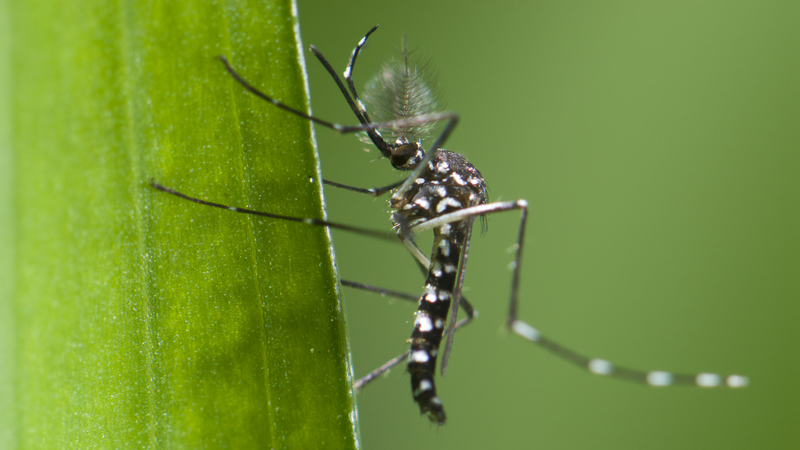As of July 24, Foshan City in Guangdong Province on the Chinese mainland has reported over 4,000 confirmed cases in the largest chikungunya fever surge to date. Experts warn that global spread, local mosquito populations, and seasonal factors have combined to fuel this outbreak.
Why Is This Outbreak More Severe?
According to Liu Qiyong from the Chinese Center for Disease Control and Prevention, intensified global transmission is the main driver. “Active chikungunya outbreaks are now reported in 119 countries and territories,” he notes. Imported cases met thriving Aedes mosquito populations, sparking sustained local cycles and small-scale clusters on the Chinese mainland.
Symptoms and How Long They Last
Chikungunya strikes quickly. Within one to two days after the bite, you may experience:
- Sudden high fever
- Skin rashes
- Intense joint pain (20–30 percent develop pain in multiple joints)
Most people recover in weeks to months, but a small percentage face symptoms beyond six months, sometimes leading to chronic discomfort and reduced mobility.
Mosquito Activity and Climate
Aedes mosquitoes thrive between 25–28°C and bite mainly at dawn (7–9 a.m.) and dusk (5–7 p.m.). In Foshan, control teams now time insecticide spraying to these peak hours to cut transmission.
Prevention: Repellents and Clothing
Choose repellents with a registered pesticide number and valid production license. Follow usage instructions and reapply as needed. Wearing light-colored, long-sleeved clothing outdoors can further reduce exposure.
Mosquito Control at Home
With no vaccine or specific treatment available, community-level mosquito control is vital. Eliminate standing water, use window screens or nets, and support local eradication drives to keep adult populations low.
Advice for Travelers
Travelers to outbreak regions—including parts of Southeast Asia, Africa, South America, or Foshan—should:
- Check local health advisories
- Pack effective repellents and protective clothing
- Monitor health for 14 days after return
- Seek medical care if you develop fever, rash, or joint pain, and share any mosquito exposure history
Staying informed and taking simple prevention steps can help young global citizens, travelers, and communities minimize risk and stem the spread of chikungunya.
Reference(s):
cgtn.com




